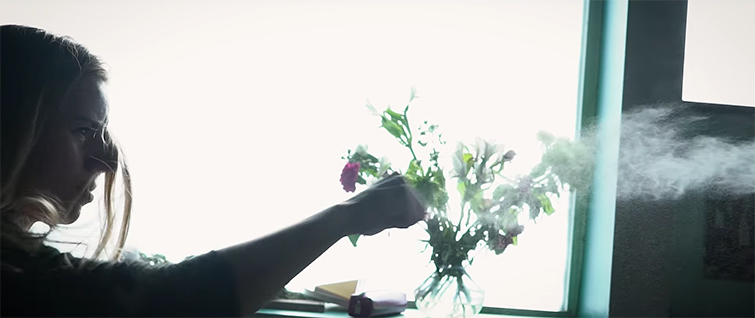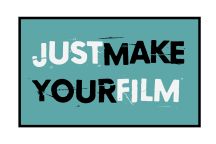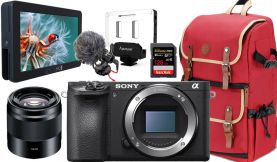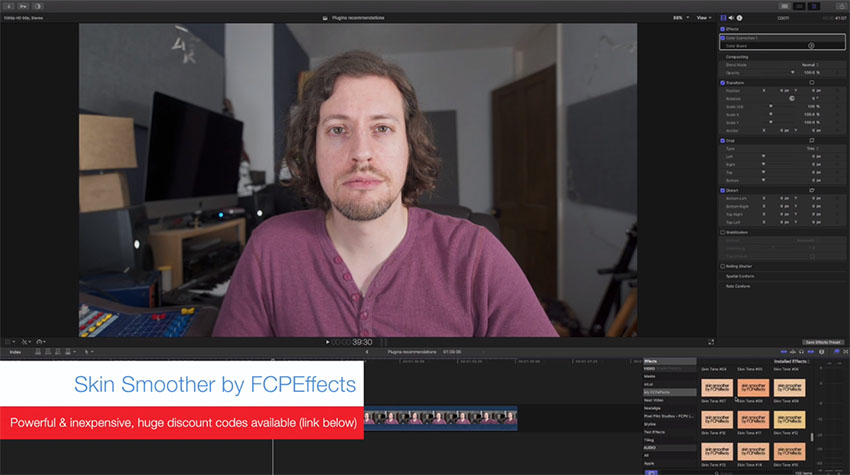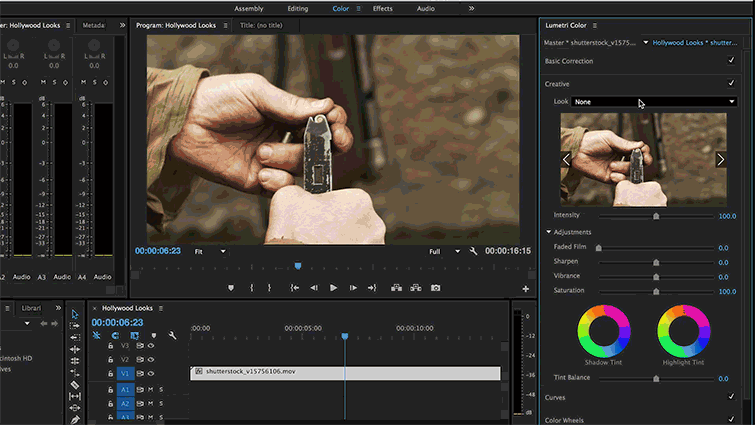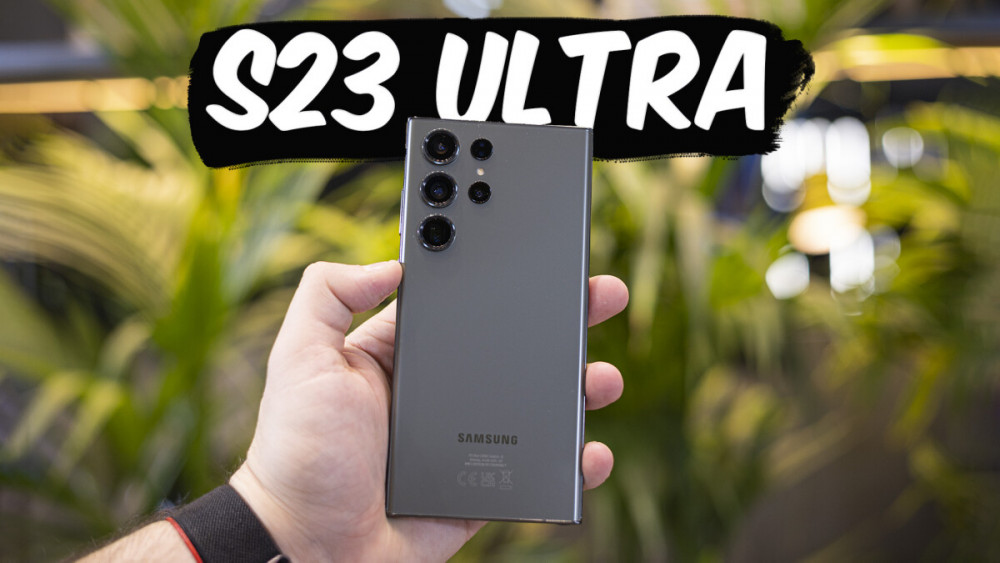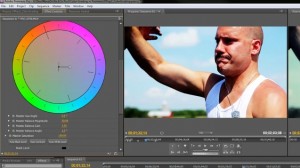Tips from SXSW: Filming with Your Camera in Motion
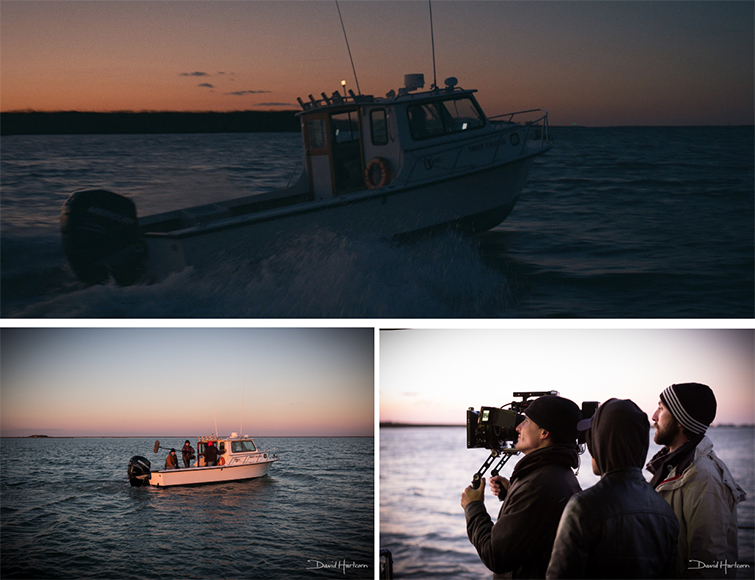
2018 SXSW Film Festival’s Ben Strang shares these 7 tips from his original thriller series for shooting with a camera in motion. All images via Beast. It’s strange to think, but there was a time in cinema history when a simple left-to-right camera pan was considered an incredible innovation. Today, cinematographers have a full range of camera motion at their disposal, but not all movements are created equal. We chatted with filmmaker Ben Strang about his SXSW Independent Episodic pilot BEAST, an adventure/thriller set against the Chesapeake Bay’s eerie marshland islands, about how he was able to work with his camera in motion while on location in challenging production environments. 1. Storyboarding Is Critical From the very beginning, we knew we were going to be putting the camera in some challenging locations, so it was top priority for me to storyboard the project way in advance and to have the editor on set with us so we could — as we ended up doing — throw the storyboards out when we were strapped for time and still come away with shots that communicated the right ideas/emotions. When you start adding extra elements like movement and motion to your shots, a concrete outline of what you need to do to capture the right footage is absolutely key. Strang also talks about the nerve-racking schedule they had to keep while battling things like sunsets — knowing what you need to get by a certain time based on your storyboard is critical. 2. Use What’s Available for Motion When you’re planning moving shots, you want to be thinking about WHY the camera’s moving in the first place so you can come up with a communicative way to move it and so you’re not just moving it for the sake of moving it. Is it tracking with a moving subject to add energy to the frame? Pushing-in to emphasize a character’s emotion in a moment? For the majority of BEAST‘s production, the team was in a remote location on an island with very little access to the outside world.... Read more
Report
Related items:


